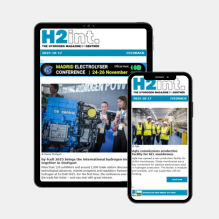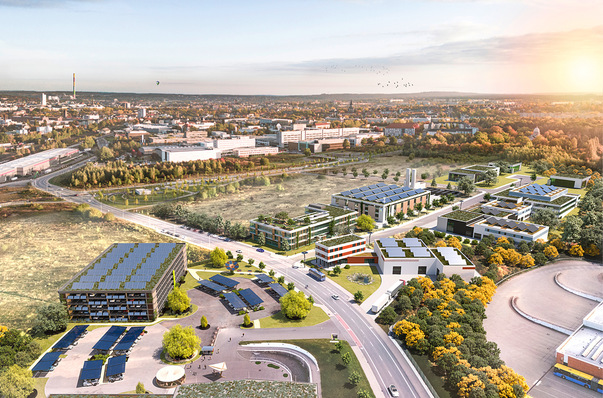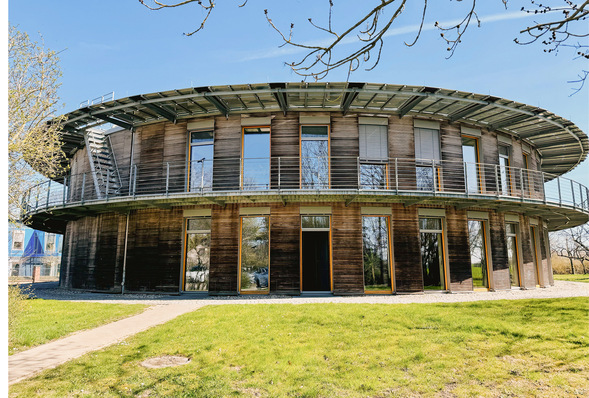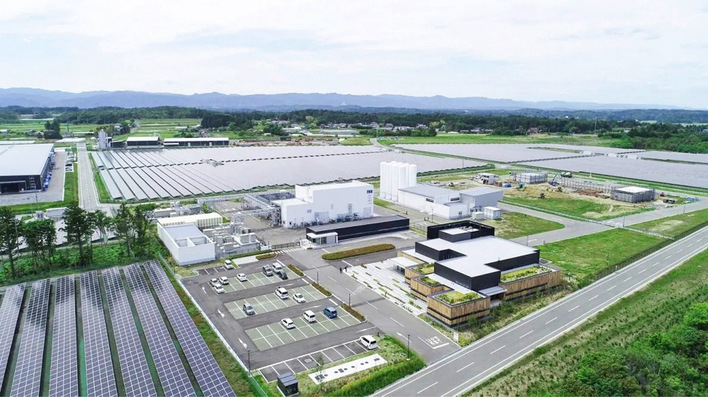With two open-cast mines in Hambach and Inden, as well as the nearby Garzweiler mine, the district of Düren in the very West of Germany is heavily affected by the structural transformation in the Rhenish mining area. At its peak, the Hambach mine, which reached a depth of up to 411 m, extracted enough lignite for the power plants of energy supplier RWE to cover 5% of Germany’s total electricity demand. With an annual output of around 15 million tonnes of lignite, the Inden mine ensures the supply of the Weisweiler power plant. This made the district one of Germany’s energy regions and created several thousand jobs.
But this is not meant to continue indefinitely: in 2029, lignite extraction in the open-cast mines will end as part of the legally mandated coal phase-out. According to the German Economic Institute, around 14,400 jobs will be lost in the Rhenish mining area when the coal-fired power plants are shut down. More than €15 billion in funding is intended to maintain value creation in the region and create up to 27,000 new jobs.
“We have to see this transformation as an opportunity, because we now have the chance to influence many processes where we would otherwise have little room to maneuver,” says Anne Schüssler, head of the department for climate protection and mobility in the district of Düren. From research centers and production facilities to refueling infrastructure, an information center and a trade fair, the region west of Cologne is tackling the energy transition with hydrogen at every stage of the value chain.
Research from the nano to the system level
The district of Düren is not only an energy region, but also a research region. The Jülich Research Center of the Helmholtz Association is known for its early research into nuclear energy and its pioneering work in quantum computing. Today, more than 7,000 employees are working here on new technologies and applications in the fields of energy and information.
It is therefore no surprise that hydrogen also plays a central role at the Jülich Research Center. The Institute for Sustainable Hydrogen Economy (INW), part of the Helmholtz Cluster for a Sustainable and Infrastructure-Compatible Hydrogen Economy (HC-H2), is setting up demonstration projects in the Rhenish mining area to investigate hydrogen technologies from both a technological and economic perspective. From the nano to the system level, researchers are studying, for example, catalyst surfaces for the hydrogenation and dehydrogenation of hydrogen storage molecules, as well as the optimized use of hydrogen in large-scale storage systems. The INW is located in the Brainergy Park in Jülich. Here, the three municipalities of Jülich, Niederzier and Titz, together with the district of Düren, are developing a 52-hectare industrial park where companies and institutes from various sectors of the energy transition can establish themselves and collaborate. A production facility for green hydrogen is already under construction.
10 MW electrolysis to be completed in 2025
A 10 MW electrolysis plant is being built on an area of 17,500 m² and is scheduled for completion by fall 2025. The goal is to produce 700 to 1,000 t of green hydrogen per year, to be stored, sold and used in the district’s mobility plans. In addition to H2 production and energy supply, compressor units, filling and quality control systems are currently being installed, and an administrative building is under construction. The required electricity comes from nearby renewable sources. Neuman & Esser is supplying the two PEM electrolyzers. The company Messer is responsible for the storage, filling and quality control of the hydrogen produced. Both project partners are based in North Rhine-Westphalia.
The Federal Ministry for Digital and Transport is supporting the construction of the H2 plant with around €14.7 million. The funding is provided under the National Innovation Program Hydrogen 2, and the total investment amounts to around €35 million. In the future, the electrolysis capacity is to be expanded.
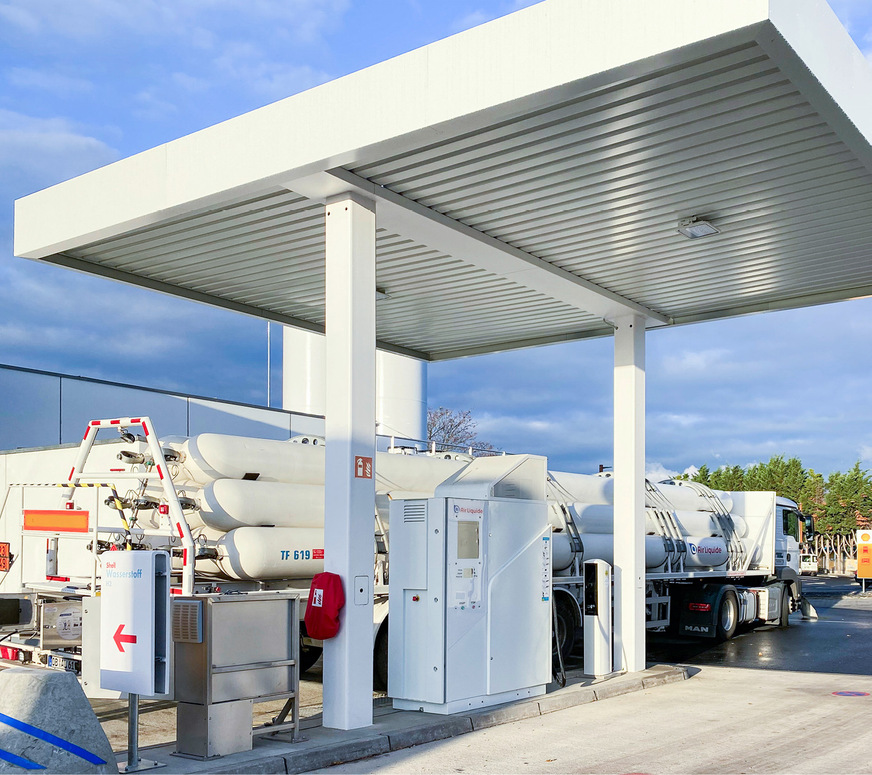
© Landkreis Düren
H2 buses more reliable than conventional ones
A refueling station for hydrogen-powered vehicles is to be connected to the electrolysis plant in the future. One such station is already operated in the district by H2 Mobility for buses and passenger cars. A trailer refueling station and a dedicated bus refueling station at the Düren train station are to follow.
Hydrogen buses are a key component of the Düren mobility strategy. Since 2024, 20 vehicles have already been in operation. The buses from manufacturer Solaris store 1,560 liters of H2 in around nine minutes and can travel 350 kilometers on a full tank. In the coming years, the district plans to expand the fleet annually in line with available funding. By the end of 2025, the operators will integrate five additional articulated buses. If all 180 buses in Düren and the surrounding area are replaced, this would save more than 10,000 t of carbon dioxide per year. “We received feedback from the investment company that procures the vehicles and provides the infrastructure that our new hydrogen buses are more reliable than the old diesel buses,” explains Anne Schüssler.
Information center and trade fair inform the public
To find out what the district of Düren is already implementing and which projects are planned, people in the region do not have to search for long. Since 2023, the hydrogen information center has offered school classes, companies and the general public the opportunity to learn more about this energy carrier. What is hydrogen, what is it used for, and why is it important to me? These questions are answered in the interactive exhibition. The relevance for the region is also highlighted here. Last year, a hydrogen trade fair was held in Düren for the fourth time. More than 50 exhibitors presented their technologies and solutions to the public.



